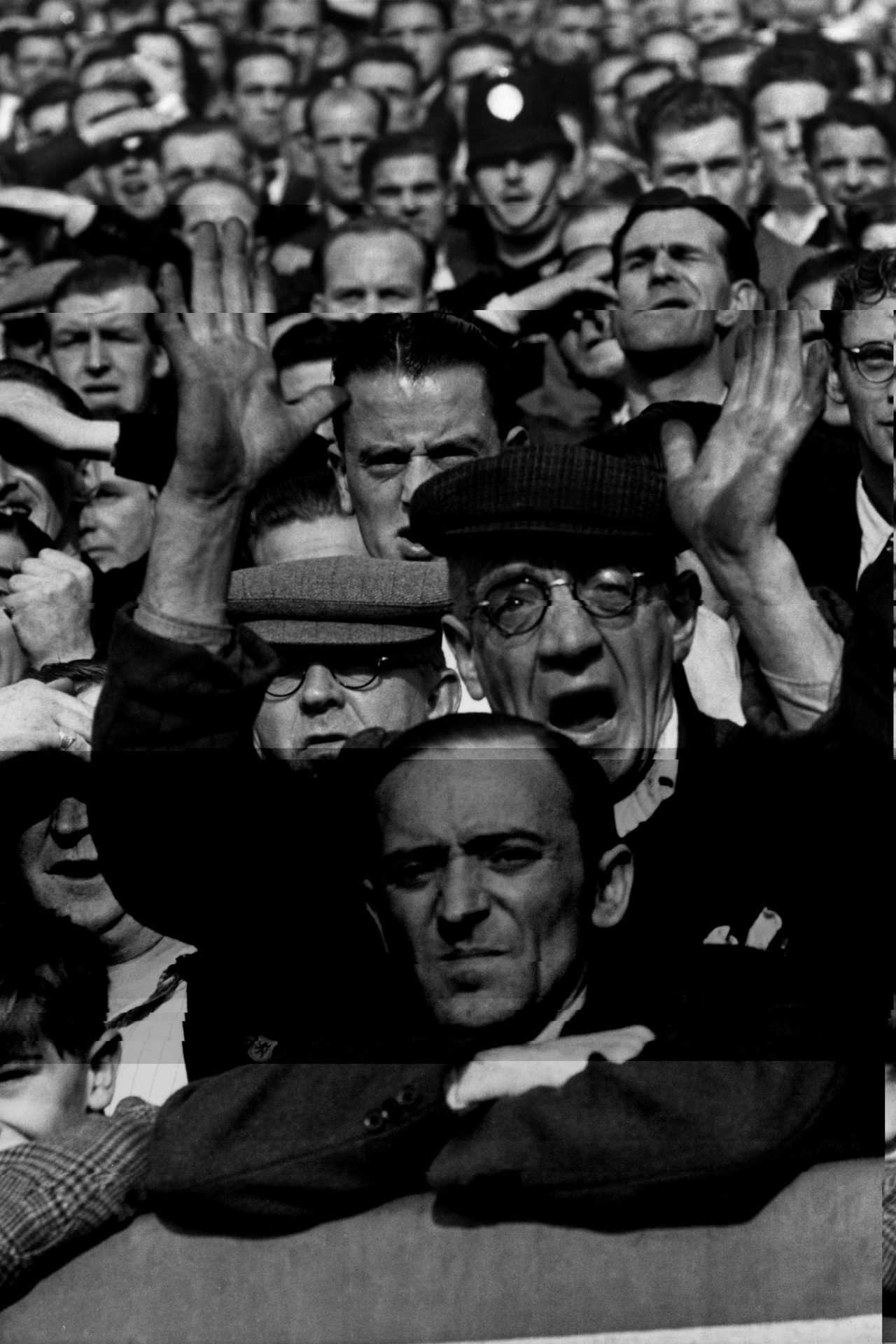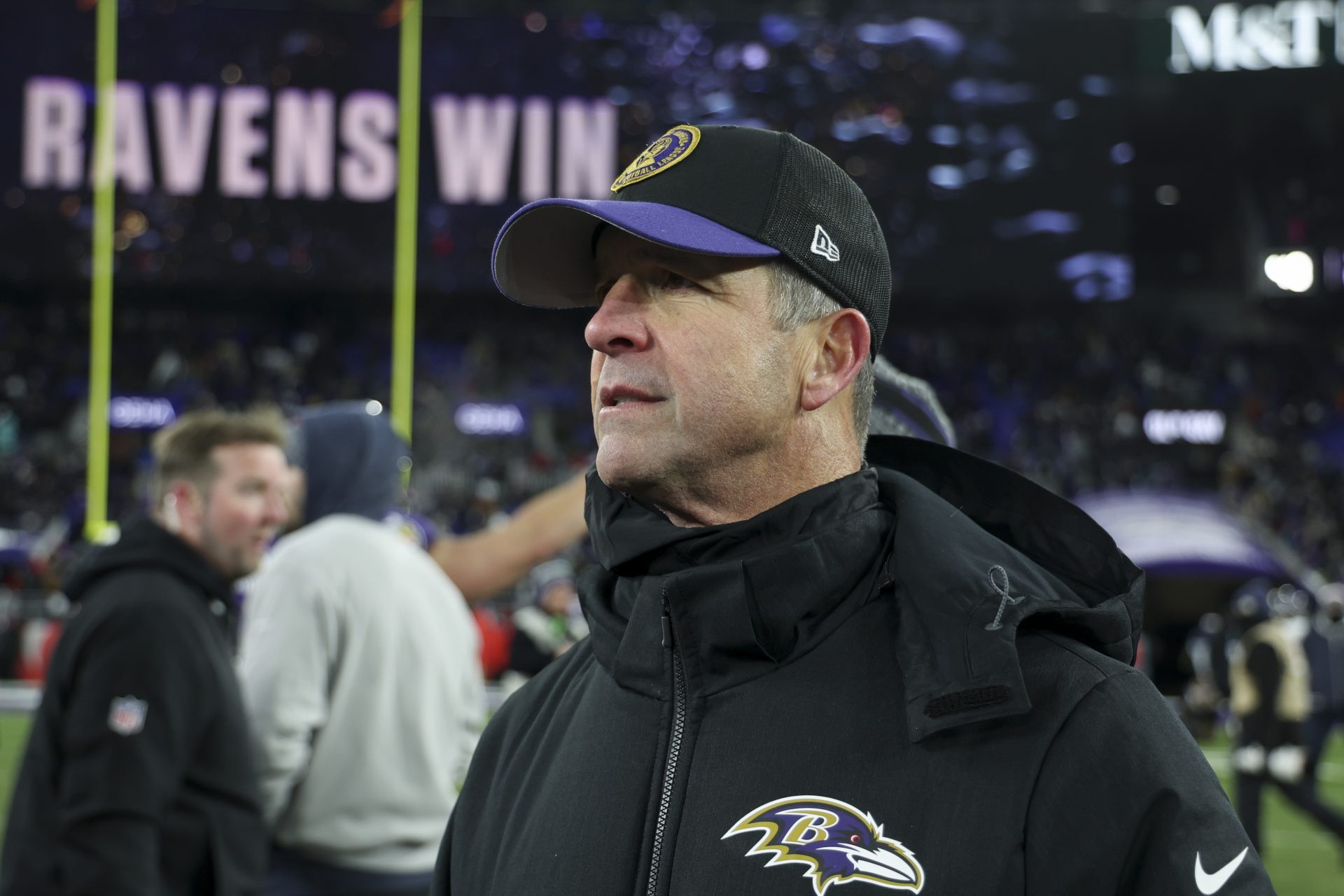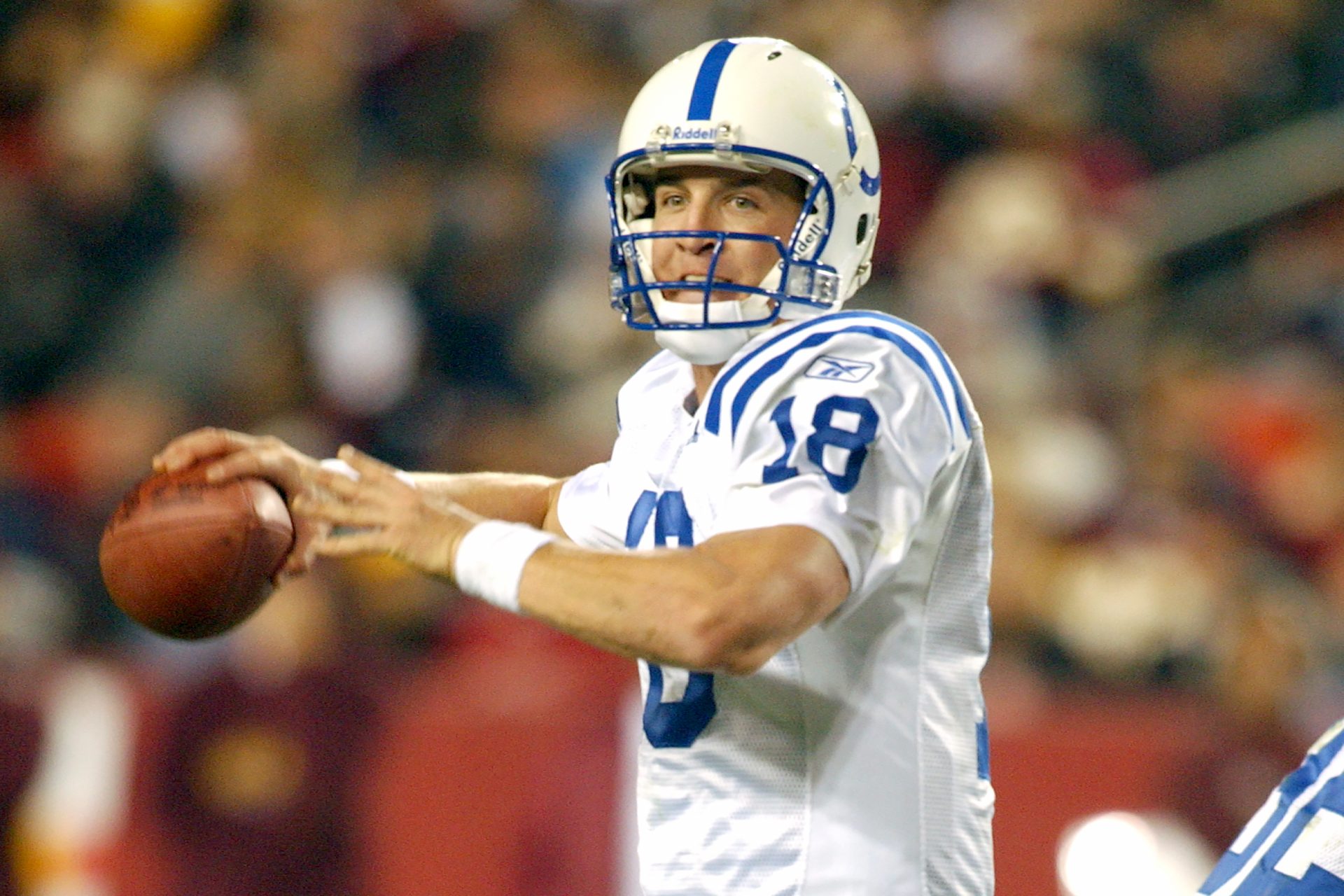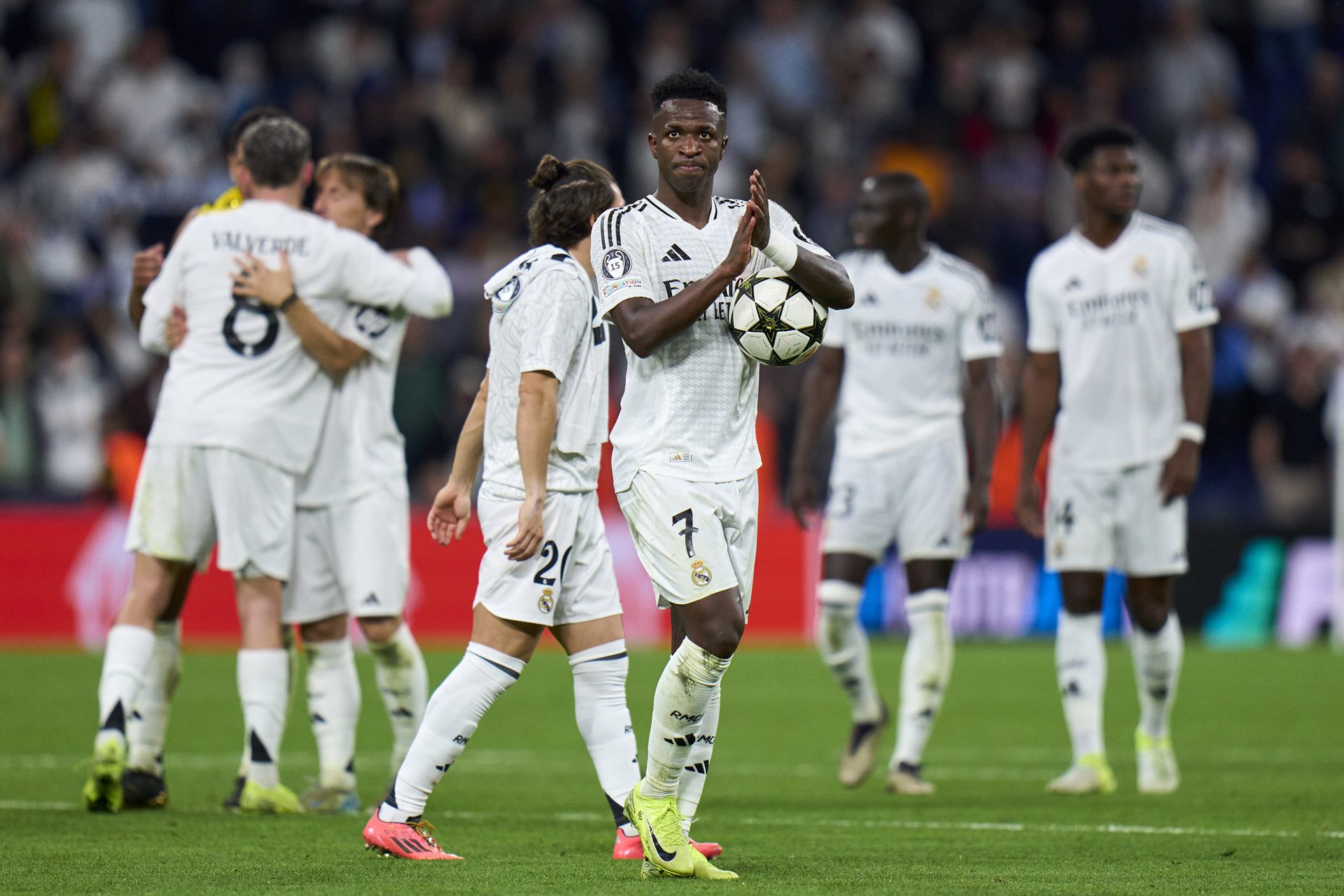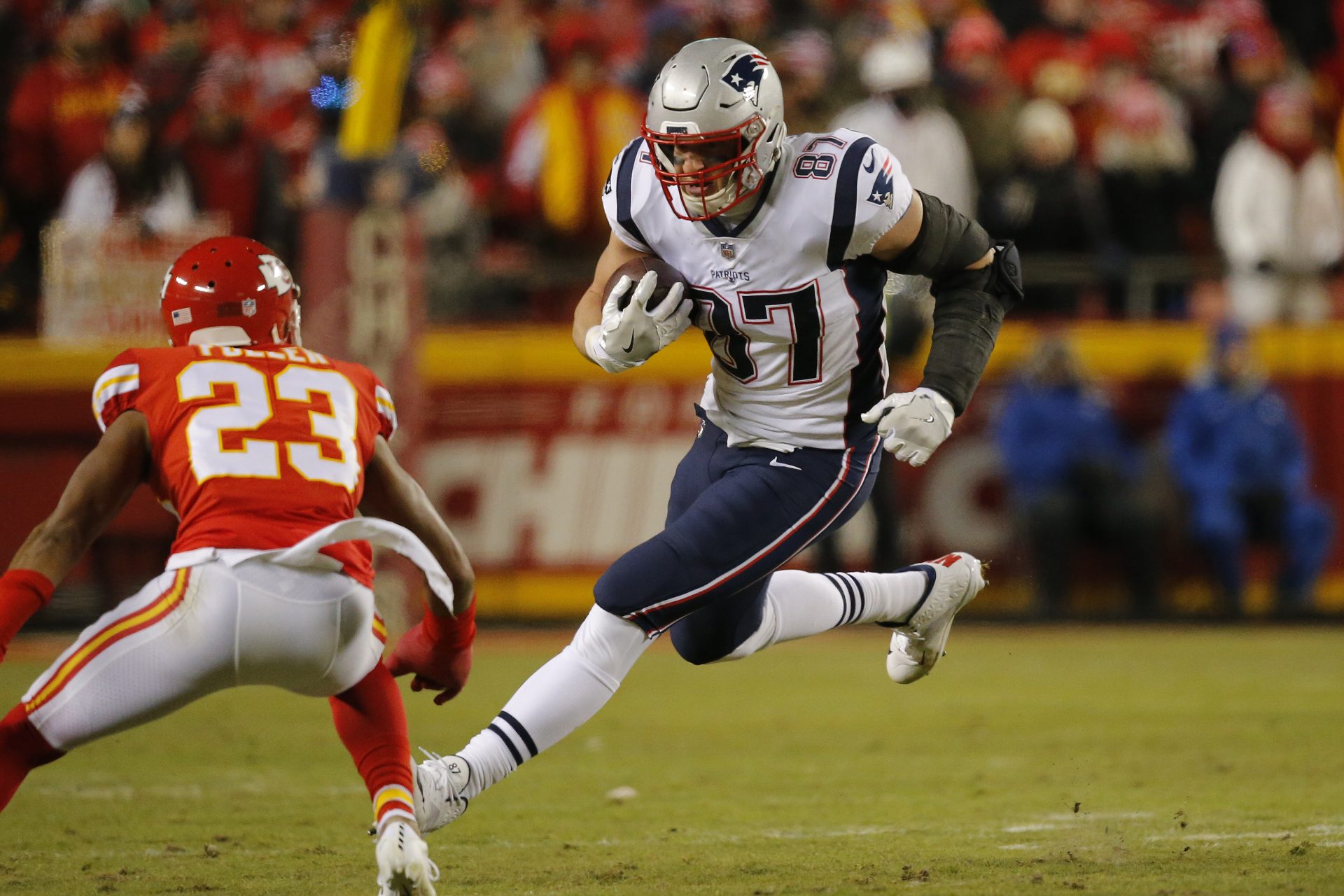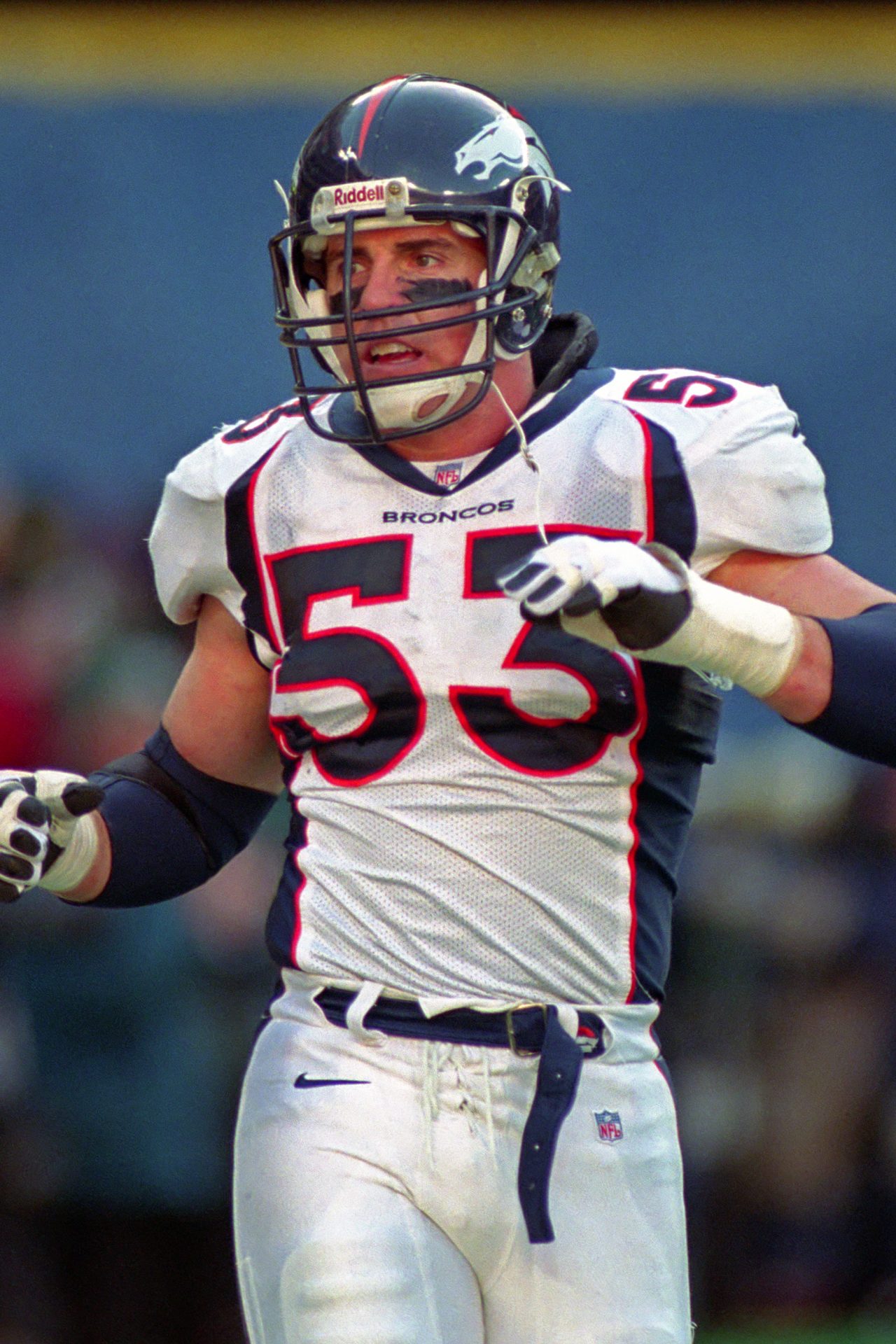The rise of the hooligan – a look at football's violent past and present
Football’s origins are of an incredibly violent and territorial game, villages fighting to defend their honour and pride at all costs. That version of football is long gone, but for some the violence has remained.
Football violence is not new, for as long as there have been fans at games, there has been violence breaking out, as cities grew in the late-19th century, so did fan bases, which became more and more territorial.
Whilst Britain has always had a sense of national pride, the early-20th century saw this greatly increase as they fought in both world wars. This togetherness is seen by some as a reason why football violence declined during the World Wars.
After the Second World War, there was a huge influx of immigrants as Britain looked to rebuild following their defeat of Nazi Germany. These immigrants soon drew the ire of football fans.
Up until the late 1950s and early 60s, football on television was a rare sight and even rarer still was regular people being able to afford a TV. With the rise of broadcasts in the 60s, fans could now watch and support their teams from afar.
Sociologists have argued that, with the rising levels of support, television was impactful in football violence, it brought a much wider demographic to the game and supporters grew more and more zealous in their fandom.
Fans during the 60s were also becoming more fervent with flags and chants becoming the norm. Many of these groups would become organised, giving themselves names separate from the team.
These groups, whilst violent, were rarely in danger of seriously injuring anyone. Their main tactic was to storm the opposition fan area and attempt to drive them from their seats, stealing what they could on the way. Police would often get involved.
The organsied fan groups were a precursor to the ‘Firms’ which would come to rule the terraces during the late 20th century.
In essence, a firm was a gang, but with the sole aim of instigating violence with the opposing fans. Often led by the hardest amongst them, firms became cult-like figures to some, but to others, they were violent criminals putting everyone’s lives at risk.
With the increasingly multicultural landscape of the 70s and 80s in Britain, a lot of firms directed their anger at these immigrants. Some, like the Chelsea Headhunters, were linked with far-right organizations such as the National Front and Combat 18.
Not all firms were racist, many like the Zulu Warriors (Birmingham City’s firm) and Arsena's firm, The Herd, were multi-cultural and defended their terraces from National Front and other far-right organisations.
By the 1980s, violence and football were inseparable, with clashes between fans commonplace. There were also a shocking number of deaths as a result. Often these clashes would start in the terraces but spill into the streets and involve hundreds of combatants.
It is impossible to talk about hooliganism without mentioning Millwall, the Bermondsey-based club who, during the 60s and 70s rose to prominence as the most violent firm in the country. With links to far-right groups, racism and violence were rife, and this still plagues the club to this day.
British hooligans weren’t content to keep their violence at home, but would often be willing to attack opposition fans during European competitions too. Most notable was the 1985 European Cup final between Liverpool and Juventus. Liverpool hooligans rushed the Juve fans who ran into a concrete wall that collapsed, killing 39. English teams were banned from Europe for five years.
Whilst violence has mostly settled down, there are still pockets of fans who are looking for a fight, most notably during the 2016 European Championship which saw English fans clashing with Russian hooligans.
More for you
Top Stories











